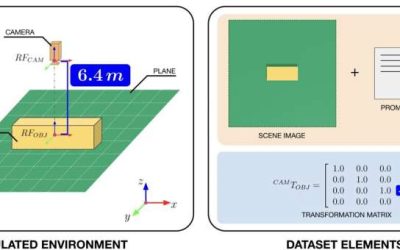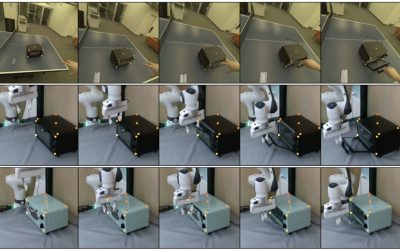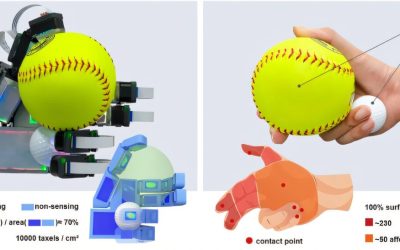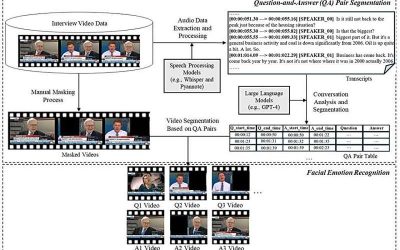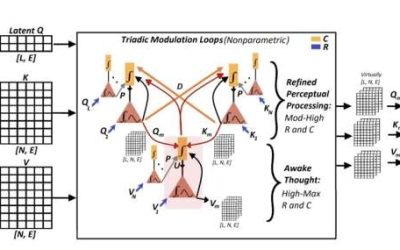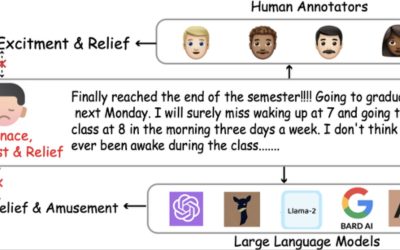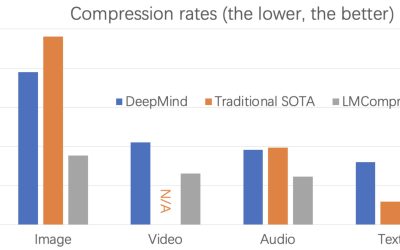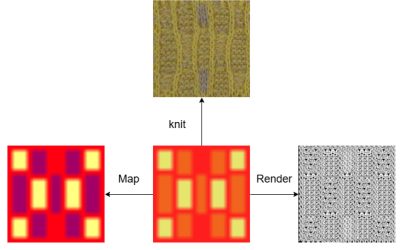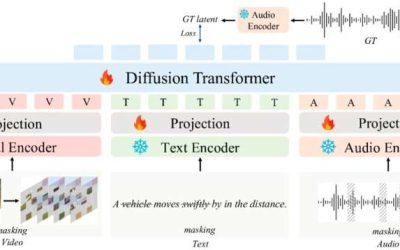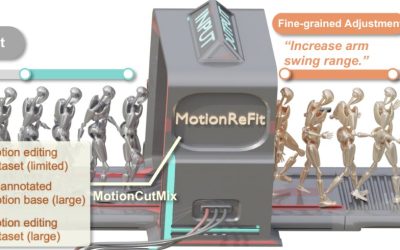Vision-language models (VLMs) are advanced computational techniques designed to process both images and written texts, making predictions accordingly. Among other things, these models could be used to improve the capabilities of robots, helping them to accurately...
Machine learning & AI
Training robots without robots: Smart glasses capture first-person task demos
Over the past few decades, robots have gradually started making their way into various real-world settings, including some malls, airports and hospitals, as well as a few offices and households.
Bio-mimetic robotic hand seamlessly integrates tactile feedback to outperform predecessors
Over the past decades, roboticists have developed increasingly advanced systems that can emulate some human capabilities and effectively tackle various real-world tasks. To reliably grasp, manipulate and utilize objects in their surroundings, robots should be able to...
Novel analytics framework measures empathy of people captured in video recordings
Empathy, the ability to understand what others are feeling and emotionally connect with their experiences, can be highly advantageous for humans, as it allows them to strengthen relationships and thrive in some professional settings. The development of tools for...
A new transformer architecture emulates imagination and higher-level human mental states
The advancement of artificial intelligence (AI) and the study of neurobiological processes are deeply interlinked, as a deeper understanding of the former can yield valuable insight about the other, and vice versa. Recent neuroscience studies have found that mental...
Third-party data annotators often fail to accurately read the emotions of others, study finds
Machine learning algorithms and large language models (LLMs), such as the model underpinning the functioning of the platform ChatGPT, have proved to be effective in tackling a wide range of tasks. These models are trained on various types of data (e.g., texts, images,...
Algorithm based on LLMs doubles lossless data compression rates
People store large quantities of data in their electronic devices and transfer some of this data to others, whether for professional or personal reasons. Data compression methods are thus of the utmost importance, as they can boost the efficiency of devices and...
System converts fabric images into complete machine-readable knitting instructions
Recent advances in robotics and machine learning have enabled the automation of many real-world tasks, including various manufacturing and industrial processes. Among other applications, robotic and artificial intelligence (AI) systems have been successfully used to...
New model can generate audio and music tracks from diverse data inputs
In recent years, computer scientists have created various highly performing machine learning tools to generate texts, images, videos, songs and other content. Most of these computational models are designed to create content based on text-based instructions provided...
Dynamic model can generate realistic human motions and edit existing ones
When exploring their surroundings, communicating with others and expressing themselves, humans can perform a wide range of body motions. The ability to realistically replicate these motions, applying them to human and humanoid characters, could be highly valuable for...

